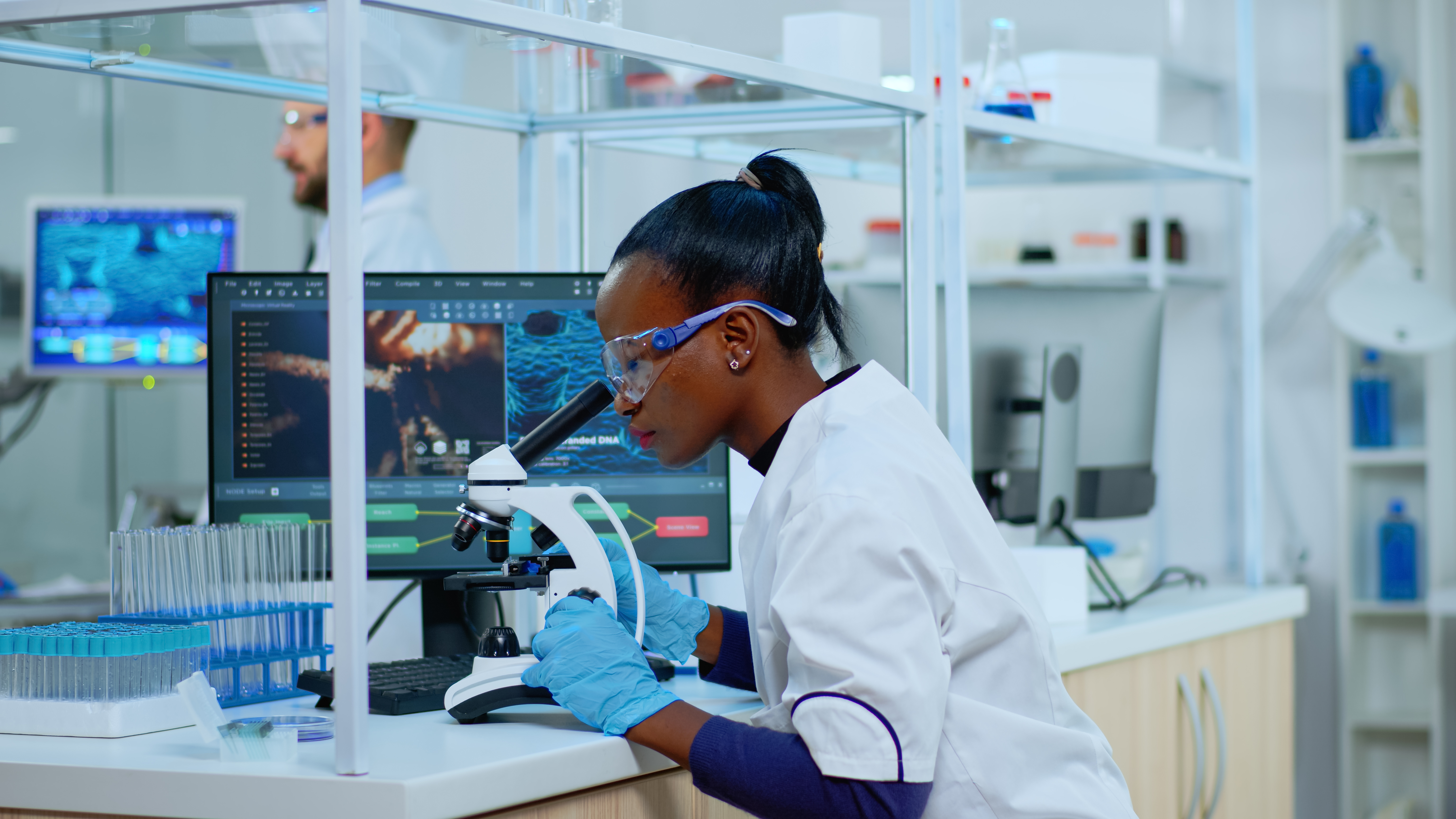Fungal Culture Test
200 Kshs | Home Collection Available
Synonyms
Mycology Culture, Fungus Culture, Culture for Dermatophytes
Purpose
A fungal culture is a laboratory test used to detect and identify fungal organisms from samples taken from areas such as the skin, nails, hair, blood, sputum, urine, or body fluids.
- It helps confirm the presence of fungal infections, which may be superficial (like athlete’s foot or ringworm) or systemic (affecting internal organs).
- It provides a definitive diagnosis of fungal infections, especially when symptoms resemble those of bacterial or viral infections.
- It identifies the specific type of fungus, allowing healthcare providers to choose the most effective antifungal treatment.
- It helps in monitoring the response to treatment in chronic or recurrent fungal conditions.
The test can be done alongside KOH (Potassium Hydroxide) Preparation, Fungal PCR, Fungal Stain, Blood culture, and Skin biopsy.
This test is vital for diagnosing fungal infections accurately and avoiding misdiagnosis or ineffective treatment.
Patient Preparation
No special preparations required.
Samples
2 mL or 1 cm³ tissue, Scrapings of scale, skin biopsy, moist swab from a mucosal surface, Nail clippings collected in a Sterile container for tissue. Cleanse the skin area with 70% alcohol, and collect a portion of the active border of the lesion. Maintained at room temperature.

Reference Range
Presence/Absence of fungi
Results Turnaround
42 days after receipt of samples
Diseases / Diagnostic indicators
A positive fungal culture indicates the presence of fungal organisms and helps identify the specific type of fungus causing the infection. This result confirms a fungal infection and guides treatment.
Common fungal infections associated with a positive result include:
- Ringworm (Tinea corporis) – Causes circular, itchy skin rashes.
- Athlete’s Foot (Tinea pedis) – Leads to itchy, cracked skin between the toes.
- Jock Itch (Tinea cruris) – Affects the groin area, causing redness and itching.
- Nail fungus (Onychomycosis) – Discolors, thickens, and damages toenails or fingernails.
- Yeast infections (e.g., Candida albicans) – May affect the mouth (oral thrush), genitals, or skin folds.
Systemic fungal infections – In serious cases, especially in immunocompromised individuals, fungi can affect internal organs, causing more severe symptoms.
A negative result means no fungal growth was detected, which may suggest the symptoms are due to non-fungal causes, or that the fungal load was too low to detect and may require repeat testing or additional methods like microscopy or PCR for confirmation.
For more on Fungal Culture Testing, read this study.




